The best thing a person to do to give them the best chance to survive an emergency is to be prepared for the emergency. This policy provides associates with the Emergency Plans that have been created for Yaskawa associates. All associates are provided with training on these emergency plans and the emergency plans are easily accessible by using the Yaskawa Emergency Web App.
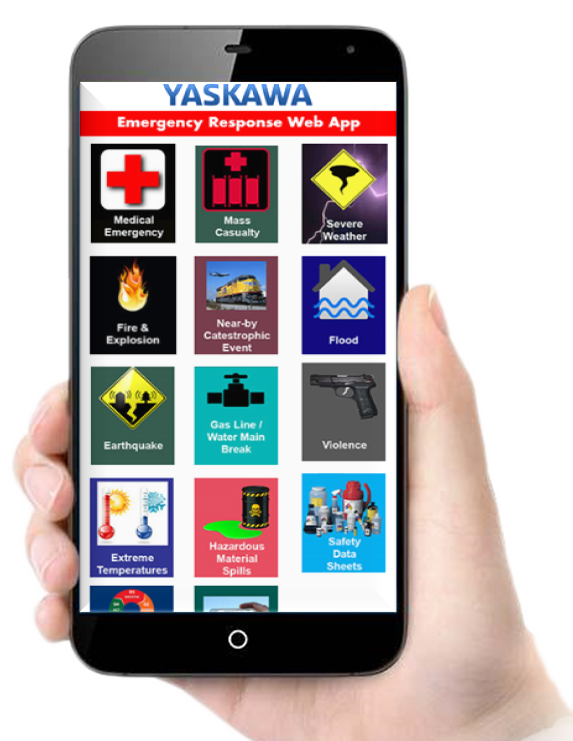
During an emergency, follow these steps:
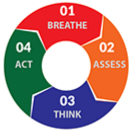
It is the policy of Yaskawa America, Inc. Drives and Motion Division to provide and maintain a work environment conducive to the safety and health of its employees. To that end, YAI-D Management Committee, in conjunction with the EHS Steering Committee, has developed this Emergency Action Plans Policy. Key personnel are assigned the position of Emergency Coordinators. Emergency Coordinators will deal with emergencies that threaten employee safety/health and company property.
As immediate, knowledgeable action is vital to properly deal with any emergency situation, this document sets forth guidelines to be followed for a number of situations following the determination that an emergency exists. These guidelines outline actions, responsibilities, and authority for dealing with:
When an emergency occurs, the Primary Emergency Coordinator has all authority to distribute company resources to assure the incident is safely mitigated. An Emergency Coordinator List is included in the Contacts section of this manual.
The Primary Emergency Coordinator has final authority. This authority may only be relinquished to the Yaskawa President or a Vice President.
Other on-site coordinators will function as an Emergency Support Team (various other personnel may be temporarily assigned a position to assist in mitigating the incident). The Emergency Coordinator will be the primary contact with public emergency response agencies.
All Yaskawa associates are authorized to call 911 for what they determine to be a life threatening emergency (i.e. injury, illness, fire or explosion).
ONLY those personnel designated by the YAI-D President may speak to the media.
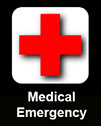 |
 |
 |
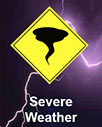 |
 |
 |
 |
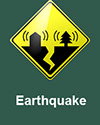 |
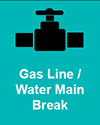 |
 |
 |
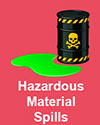 |
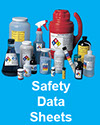 |
 |
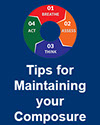 |
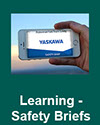 |
All associates shall be provided with training related to this policy.